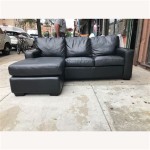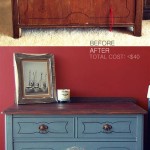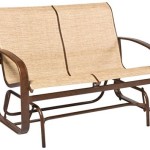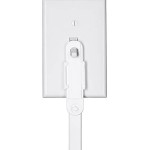How To Disinfect Furniture Fabric
Furniture fabric, being a porous material, can accumulate dirt, dust mites, and other allergens over time, posing health risks. Regular cleaning is essential to maintain a hygienic environment. While vacuuming and spot cleaning are effective for surface dirt, disinfecting furniture fabric is crucial to eliminate harmful microorganisms. This article provides comprehensive guidance on how to disinfect furniture fabric effectively and safely.
Understanding the Importance of Disinfecting Furniture Fabric
Disinfecting furniture fabric goes beyond mere aesthetics; it is a critical hygiene practice. Fabric surfaces can harbor bacteria, viruses, fungi, and dust mites, which can trigger allergies, asthma, and other respiratory problems. These microorganisms can be transferred through contact, posing a health risk, especially to vulnerable populations like children, elderly individuals, and those with compromised immune systems.
Regular disinfection helps to eliminate these pathogens, creating a healthier living space. It is particularly important for frequently used furniture like sofas, chairs, and beds. Regular disinfection can also help extend the lifespan of furniture fabric by preventing the buildup of dirt, dust, and stains, preserving its appearance and texture.
Effective Disinfecting Methods for Furniture Fabric
Disinfecting furniture fabric requires a gentle yet effective approach. Harsh chemicals can damage the fabric, leading to discoloration or weakening. It is important to choose appropriate disinfectants and cleaning methods based on the fabric type and its care instructions.
1. Steam Cleaning
Steam cleaning is a highly effective method for disinfecting furniture fabric, as the high temperature effectively kills microorganisms. It also helps to loosen dirt and grime, making it easier to remove. This method is particularly suitable for upholstery with thick weaves and resistant fabrics.
To steam clean, use a specialized steam cleaner with attachments designed for upholstery. Follow the manufacturer's instructions carefully, and test the cleaner on a hidden area first to check for any adverse effects on the fabric. Allow the fabric to dry completely after cleaning.
2. Disinfecting Sprays
Disinfecting sprays are a convenient option for quick and targeted disinfection. Choose a spray formulated for upholstery and fabrics, and ensure it is safe for the specific fabric type. Follow the instructions on the product label, and test the spray on a hidden area before applying it to the entire surface.
Spray the disinfectant evenly over the fabric, and allow it to dry completely before using the furniture. Avoid saturating the fabric, as this can lead to dampness and mildew. For stubborn stains, consider using a microfiber cloth to gently rub the area after spraying.
3. DIY Disinfectants
For those who prefer natural cleaning solutions, DIY disinfectants can be effective for furniture fabric. A simple mixture of white vinegar and water can effectively kill bacteria and viruses. Dilute white vinegar in a water solution (1:1 ratio), spray it onto the fabric, and allow it to dry completely.
Baking soda is another natural disinfectant that can be used for upholstery. Sprinkle baking soda over the fabric, let it sit for 30 minutes, then vacuum it thoroughly. Baking soda helps to absorb odors and neutralize bacteria.
Important Considerations for Furniture Fabric Disinfection
When disinfecting furniture fabric, several factors should be considered to ensure effectiveness and safety. These considerations include:
1. Fabric Type
Different fabric types have varying sensitivities to cleaning agents and temperatures. Always check the care instructions on the furniture label or tag before using any disinfectants or cleaning methods. Some fabrics may require professional cleaning, while others can be safely disinfected at home.
2. Colorfastness
Before applying any disinfectant, test the product on a hidden area of the fabric to check for colorfastness. Some disinfectants can cause discoloration, especially on delicate fabrics. If the color bleeds, choose an alternative disinfectant or contact a professional cleaner.
3. Dry Time
Allow the furniture fabric to dry completely after applying any disinfectant or cleaning method. Dampness can lead to mildew growth, especially in humid environments. Ensure proper ventilation and air circulation during the drying process.
4. Frequency
The frequency of disinfection depends on the level of use and the environment. Furniture used frequently by children or individuals with allergies may require more frequent disinfection. Generally, monthly disinfection is recommended for upholstery and bedding, while occasional disinfection may be sufficient for less frequently used furniture.

How To Clean A Fabric Couch And Sofa Pro Housekeepers

How To Clean Your Sofa Couch With Oxi

How To Clean A Fabric Couch And Sofa Pro Housekeepers

How To Really Clean A Fabric Couch Marly Dice

Tips How To Clean A Fabric Sofa 9 Easy Steps S

How To Deep Clean Fabric Sofa At Home
.webp?strip=all)
How To Clean A Couch Molly Maid

What Is The Best Way To Clean Sofa Upholstery Plumbs

How To Clean A Fabric Sofa And Maintain Furniture

The Dos And Don Ts Of Cleaning A Fabric Couch
See Also








